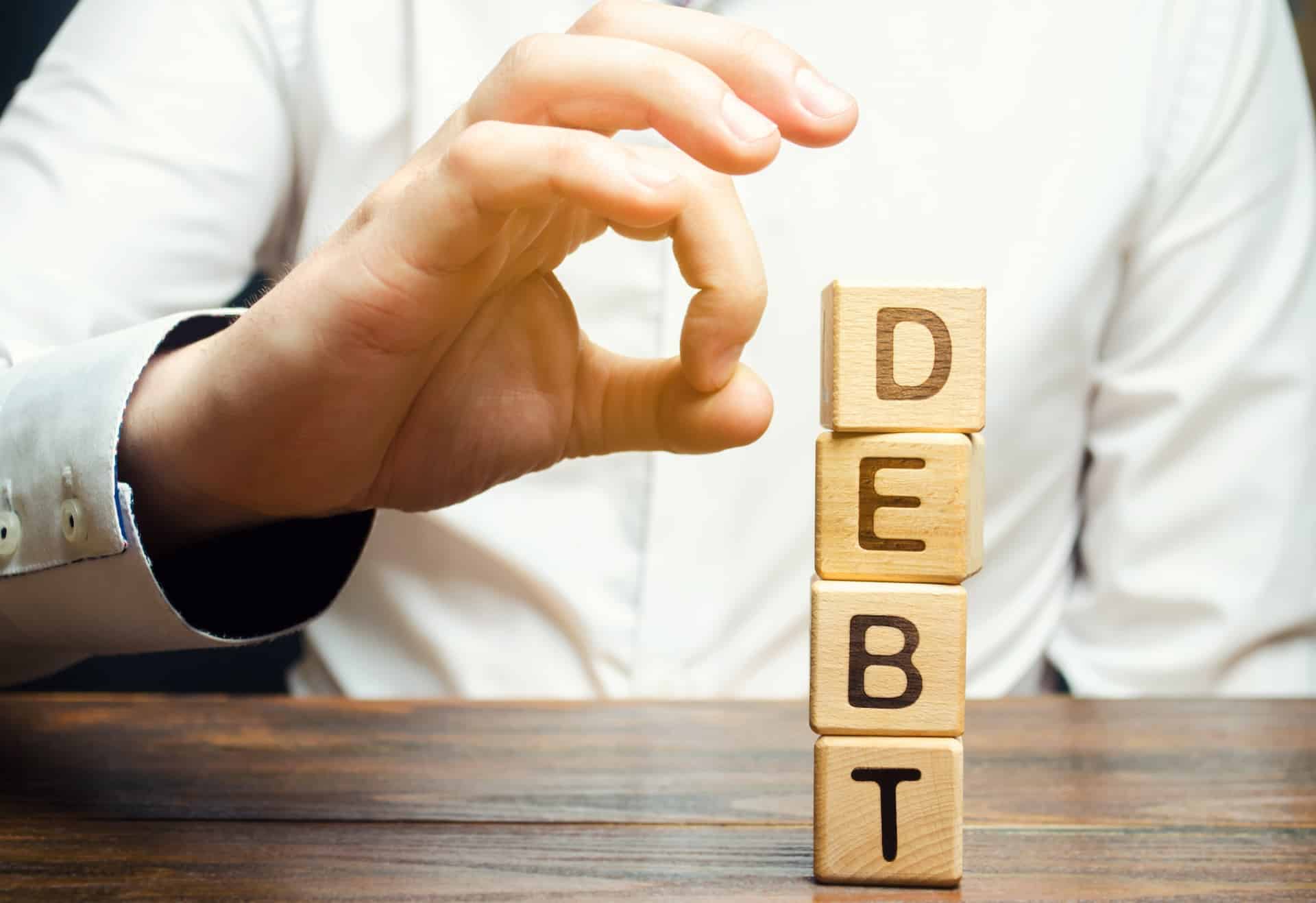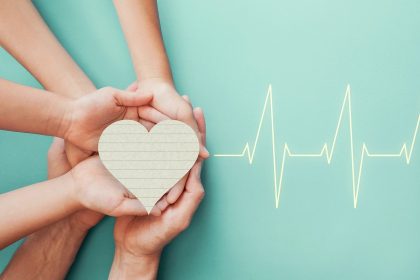Credit Sesame discusses whether the Fed’s interest rate strategy has brought consumer debt growth under control.
Over the past few years, consumer debt growth has become one of the biggest risks to the US economy. Economists—including those at the Federal Reserve who make interest rate decisions—have observed a relentless appetite for debt.
However, recent data releases have suggested that perhaps the tide is starting to turn and consumers are beginning to make progress.
Consumers make debt repayment a priority
A March 2024 survey by PYMNTS Intelligence found that repaying debt was the number one financial goal for millennials and members of Generation Z. Seniors, baby boomers, and members of Generation X ranked debt repayment second only to saving for retirement among financial goals. Newly released data from the Federal Reserve suggests that consumers may be acting on these good intentions.
The May 2024 Fed report on consumer credit found that non-mortgage consumer debt rose at an annual rate of just 1.5% in March 2024. That’s a far cry from mid-2022 when consumers were taking on debt at an annual rate of over 11%. Another favorable recent development is that during March 2024, consumers took on revolving debt at a slower pace than non-revolving debt for the first time in 31 months. Most revolving debt is credit card debt carrying a higher interest rate than consumer loans.
In a separate report, a Fed survey of senior bank loan officers found that demand for several forms of consumer credit weakened in early 2024. These included popular credit products such as HELOCs, credit cards, auto loans, and other consumer loans.
Higher interest rates have done the job
These recent developments indicate that higher interest rates are finally having their desired effect. The Fed started raising rates to cool down inflation by slowing consumer demand. These rate hikes began in early 2022, but it wasn’t until 2023 that debt growth started slowing meaningfully.
The process has taken even longer in with credit card debt. This may be because a lot of credit card spending is a matter of daily habits rather than a major life decision like buying a house or a car. Also, consumers who had not spent up to their credit limits had credit available, so continuing credit card spending was easier than getting new loans.
Reducing consumer debt growth vs. debt reduction
While recent figures suggest consumers may be starting to come to terms with their debt problems, progress is slight. Consumers have slowed the pace at which they’re going further into debt but, as a whole, they haven’t yet begun to shrink that debt.
From the Fed’s point of view, having consumers take on debt more slowly may be good enough. Less borrowing would equate to less demand, which might reduce inflation.
For consumers though, the challenge is different. Having grown their debt balances at the same time interest rates were rising, consumers now face much higher debt payments. Reducing those payments requires paying down debt, not just borrowing at a slower pace.
Getting a handle on debt reduction
If you have started to rein in borrowing, keep up the good work. Being more selective in your spending can take on a momentum that steadily makes it easier to make ends meet. Here are some examples:
- Changing spending habits pays dividends every month. It can be challenging to determine what is unnecessary in your budget. However, once you establish a tighter budget, you are rewarded monthly with extra money for savings or debt reduction.
- Reducing spending while wages are growing creates additional surplus income. A strong job market has led to strong wage growth, making it easier to build a bigger cushion between earnings and spending.
- Reducing balances reduces interest charges. As you reduce your debt balances, you should see the interest you’re paying decrease. This means more of each payment goes to principal instead of interest, so your debt reduction accelerates.
- Lower balances can lead to higher credit scores. Reducing your debt balances, with an associated reduction in your credit utilization ratio, is likely to have a positive effect on your credit score. A lower score may mean you qualify for lower interest rates, further accelerating your debt reduction.
American consumer debt is a big problem with no quick and easy answer. As an individual consumer, your household finances can benefit as soon as you start reducing debt.
If you enjoyed Is consumer debt growth finally slowing? you may like,
Disclaimer: The article and information provided here is for informational purposes only and is not intended as a substitute for professional advice.
Read the full article here

















